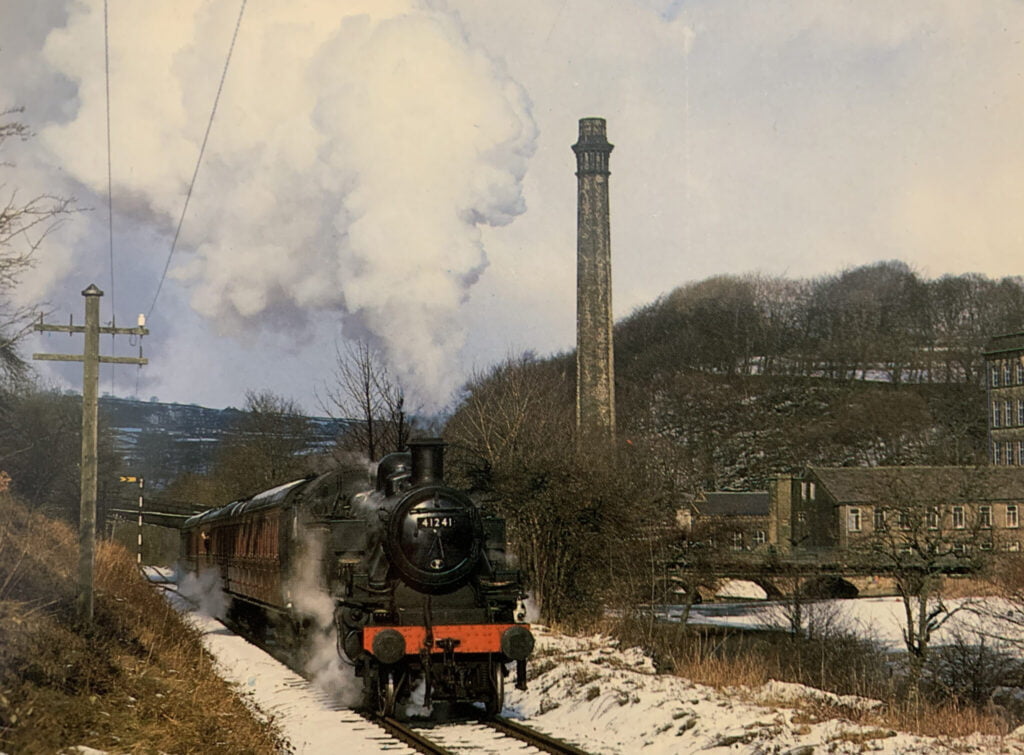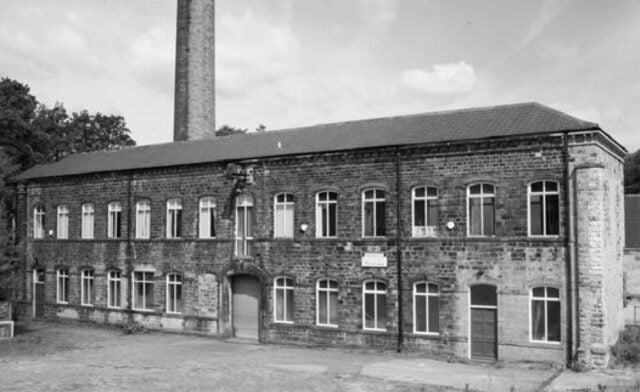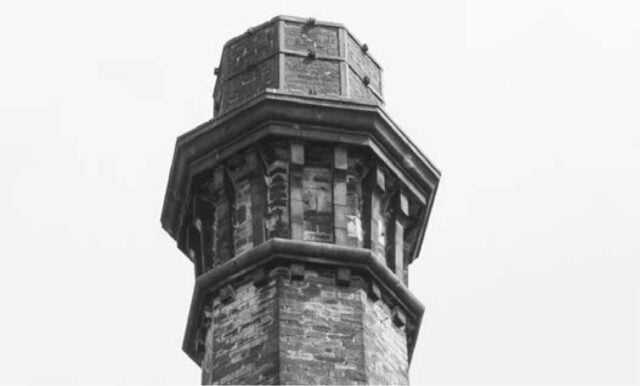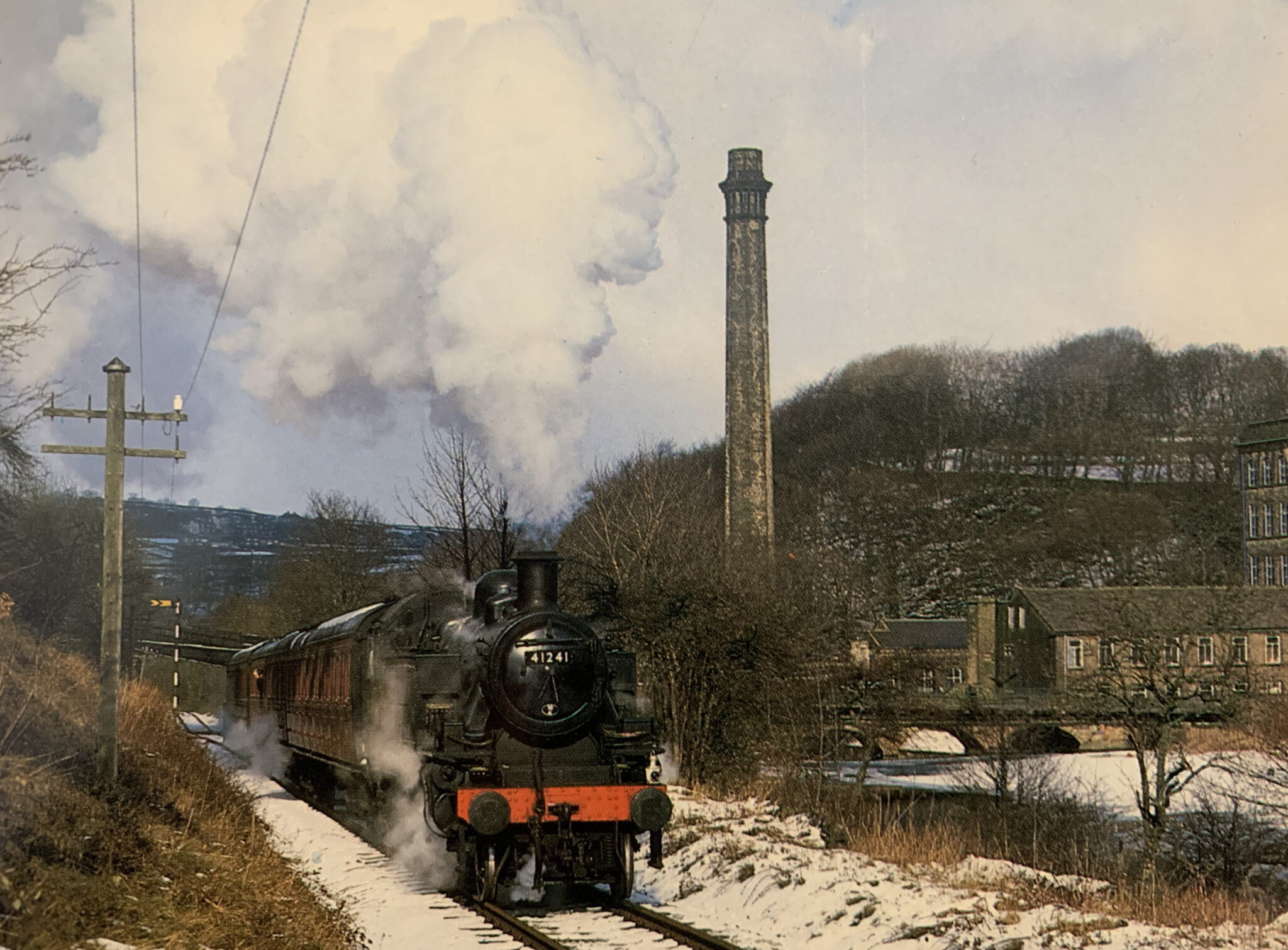
Part Two of our look back at the evolution of Ebor Mills takes us into the 20th century, with modernisation and multiple owners along the way.
Read Part One of the evolution of Ebor Mills here.
While we don’t have a record of Ebor Mills for the early part of the 20th century, we were able to build a clear picture of the business in the modern era. This is thanks to Angus ‘Ben’ Rhodes, who managed Ebor from 1968-1988 and was kind enough to share his recollections with us.
The Merrall & Sons Company was eventually liquidated in 1966, after a fire destroyed Lees Mill. The last of the Merrall line, Jack Merrall, lived at the mill owner’s house, but it was said that he retired to the Isle of Man on the insurance proceeds of the fire! The Jerome Group then purchased Ebor Mills. When Ben took charge of Ebor in 1968 all the worsted spinning took place in the multi-storey mill (the original, roadside spinning mill had been converted to office space by this time) and the original Victorian machinery was still in use, operated by a workforce of 60-70 people. The boiler house was also still in use, heating the mill buildings, and Ben lived in one of the mill workers’ cottages for a short time.

Although worsted is traditionally used for suiting, the yarn produced at Ebor at this time was actually sold to knitwear producers, including household names such as Marks & Spencer, British heritage brands like Wolsey and Pantherella and fellow sockmakers H J Hall.
In 1969 the decision was made to re-equip the mill with modern machinery, a process which took some seven years but dramatically increased production; so much so that by the 1980s Jerome had outgrown Ebor Mills. In 1988 they moved from Ebor to a single-storey spinning mill in Keighley, to further increase the size and efficiency of their operation. Ben oversaw the move (and stayed with Jerome until he retired in 1994) and Ebor was sold to Airedale Springs.
Airedale Springs, a local, family-run producer of specialist springs founded in 1946, occupied Ebor Mills from 1988 until 2010, when a fire sadly destroyed the multi-storey spinning mill. In a neat piece of circularity, Airedale Springs built a replacement facility next to Bridgehouse Mill, which they themselves had occupied in the 1970s, and which has now also been redeveloped into luxury apartments by Skipton Properties.
Read Part One of the evolution of Ebor Mills here, which covers the early part of its history. In the meantime, find out more about the new community we’re creating in the heart of Haworth – discover our homes here.
With thanks to Ben Rhodes for sharing his recollections of Ebor Mills with us.

